When it comes to finding the perfect canine companion, understanding the energy levels and space requirements of different dog breeds is crucial, especially for those living in apartments. High-energy dog breeds, characterized by their need for regular, vigorous exercise and mental stimulation, may find apartment living constraining. Such environments can often lead to a buildup of pent-up energy, resulting in destructive behavior and heightened anxiety levels for the dog. This article aims to shed light on 10 high-energy dog breeds that are typically not suited for apartment living. By recognizing the inherent needs of these active breeds, potential dog owners can make informed decisions that ensure a happy, healthy life for their furry friends. From the sprawling fields required by a Border Collie to the constant engagement needed by a Jack Russell Terrier, we explore why certain breeds thrive better in environments that match their energy and space needs.
1. Border Collie
Border Collies stand as the epitome of high-energy breeds, renowned for their intelligence, agility, and insatiable need for physical and mental engagement. Originally bred for herding sheep in open, rugged terrains, they possess a natural drive to work that doesn’t wane in confined spaces. An apartment setting is often too restrictive for a Border Collie, as they require extensive daily exercise exceeding basic walks or indoor play. Without adequate space to run and engage in stimulating activities, a Border Collie can become restless and exhibit behavioral issues. Their profound intelligence demands constant mental stimulation; otherwise, they may resort to destructive behaviors as an outlet for their energy. For potential owners living in apartments, meeting the extensive needs of a Border Collie can be a daunting task, making them less suited for such living arrangements.
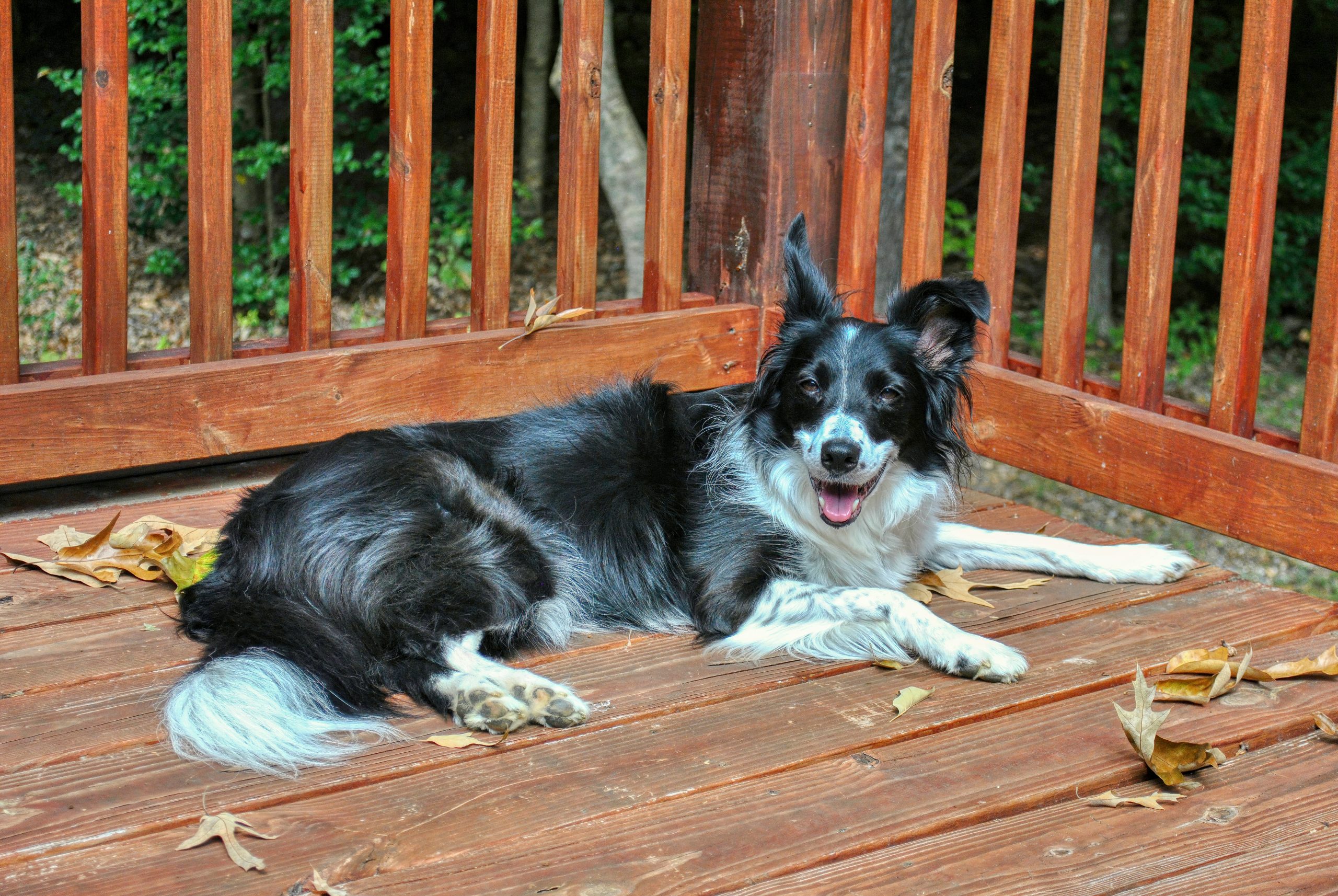
2. Australian Shepherd
Australian Shepherds are vibrant and work-oriented, with a deep-rooted desire for physical activity and mental challenges. Much like the Border Collie, they were bred for herding and thrive in environments where they can exercise both their bodies and minds. The confined space of an apartment does little to satisfy their energetic and adventurous spirit. An Australian Shepherd in an apartment may develop frustration and anxiety, leading to undesirable behaviors such as excessive barking, chewing, and even aggression. They excel in agility, obedience, and other dog sports, which require space and commitment that apartment living cannot offer. Prospective owners should consider the Australian Shepherd’s need for space and stimulation before bringing one into a smaller home.
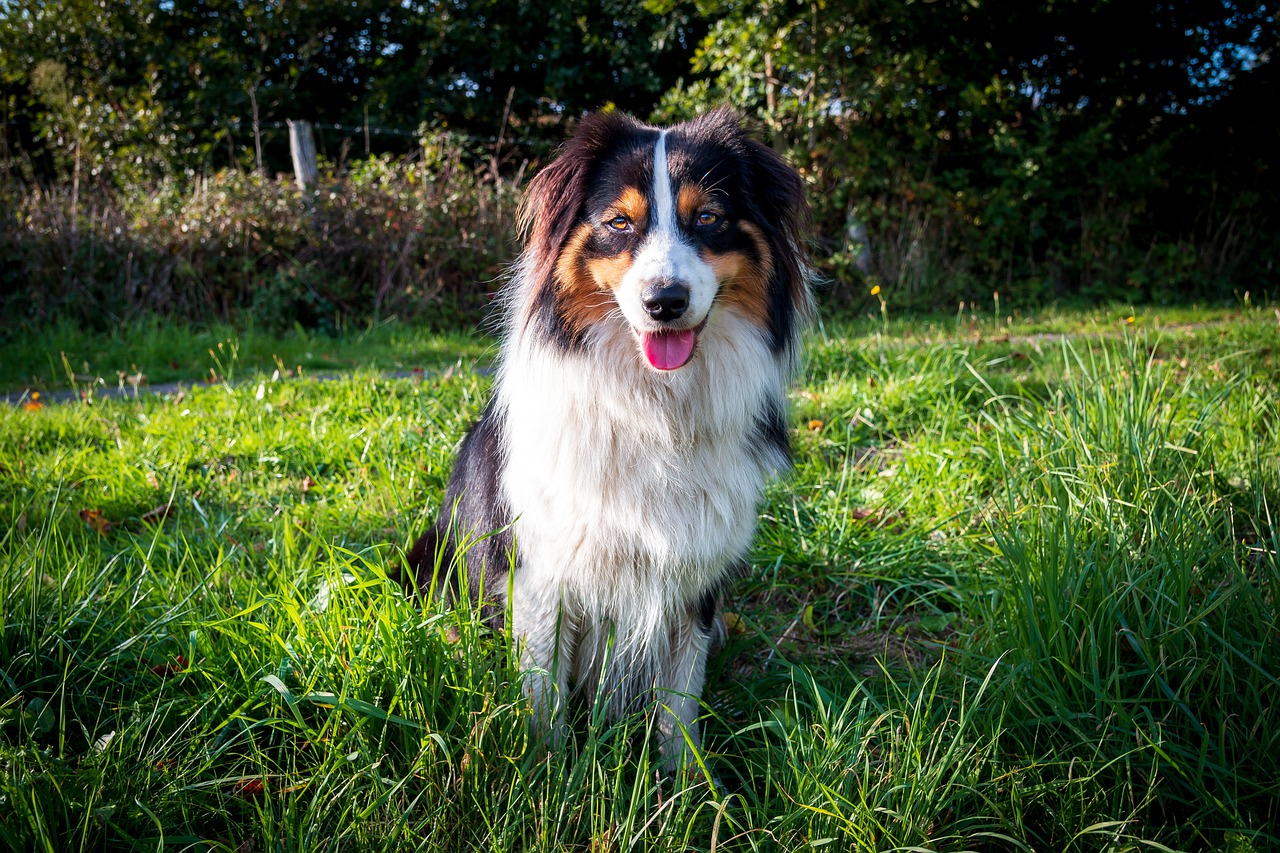
3. Siberian Husky
Siberian Huskies are known for their endurance and zest for life, traits that make them less than ideal for apartment dwellers. Bred to pull sleds over vast icy terrains, they possess a remarkable energy reserve that needs to be expended regularly. An apartment’s confined space can lead to a buildup of unused energy, resulting in destructive behavior and a propensity to escape. Huskies also require a lot of mental stimulation and social interaction, which can be challenging to provide in an apartment setting. Their thick fur and need for regular, intense exercise make them more suited to homes with ample outdoor space where they can run and play to their heart’s content.
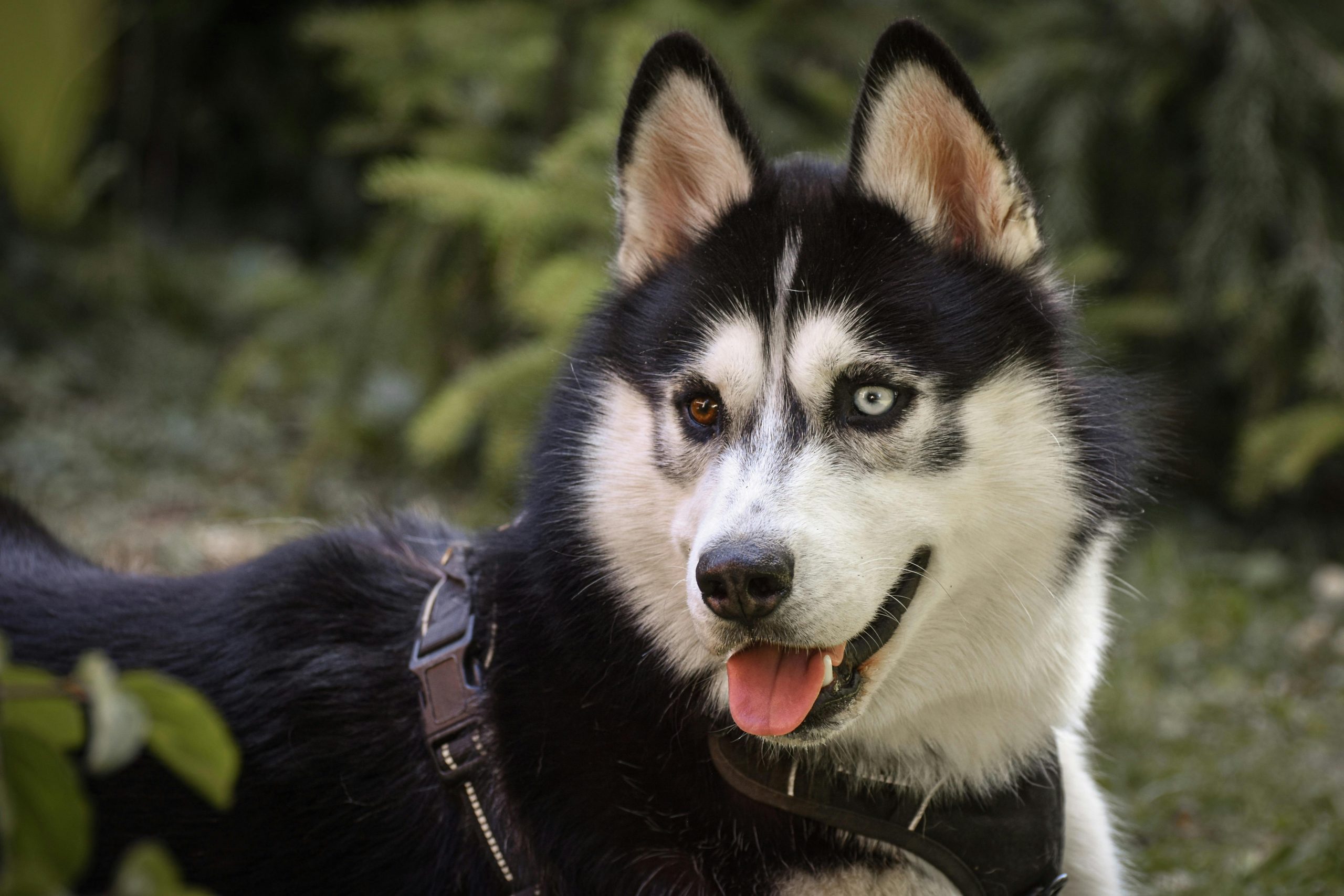
4. Dalmatian
Dalmatians are not only known for their distinctive spots but also for their boundless energy and stamina. Originally bred to run alongside carriages, they require significant daily exercise to stay physically and mentally healthy. Apartment living can severely restrict their ability to expel energy, leading to potential behavioral problems. Dalmatians are also highly social animals that thrive on interaction and may suffer from separation anxiety when left alone for long periods, a common scenario for many apartment dwellers. Their need for space, exercise, and social interaction makes Dalmatians a challenging fit for apartment living.

5. Jack Russell Terrier
Despite their small size, Jack Russell Terriers are bursting with energy and have a high prey drive, traits that make apartment living a tough match. They were bred for fox hunting, requiring sharp intelligence, agility, and the ability to make independent decisions. In an apartment, their natural instincts can lead to excessive barking and a tendency to chase after small animals. Additionally, their intelligence means they need constant mental stimulation to prevent boredom, which can quickly lead to destructive behaviors. Jack Russell Terriers are best suited for homes with yards where they can explore and burn off their excess energy.
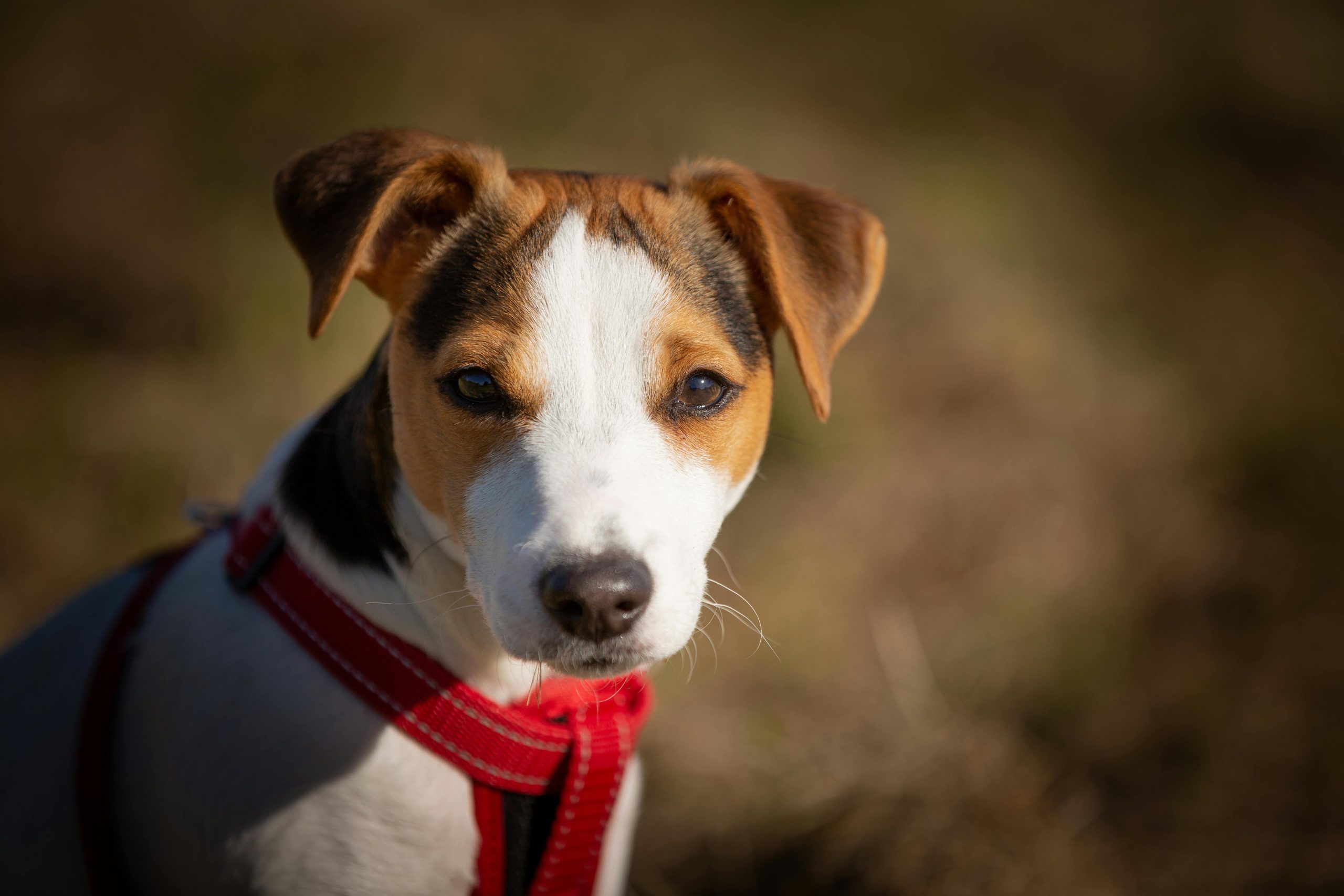
6. Weimaraner
Weimaraners, often referred to as the “Grey Ghost” for their distinctive coat, are a high-energy breed that requires a lot of exercises to remain happy and healthy. Originally bred as hunting dogs, they possess a strong prey drive and an inclination for vigorous physical activity. An apartment setting can frustrate their need for space and freedom, leading to destructive behaviors and anxiety. Weimaraners are also known for their strong attachment to their owners, and the limited space and potential lack of constant companionship in an apartment can exacerbate separation anxiety issues. They thrive in environments where they can run freely and engage in interactive play, making them unsuitable for apartment living.
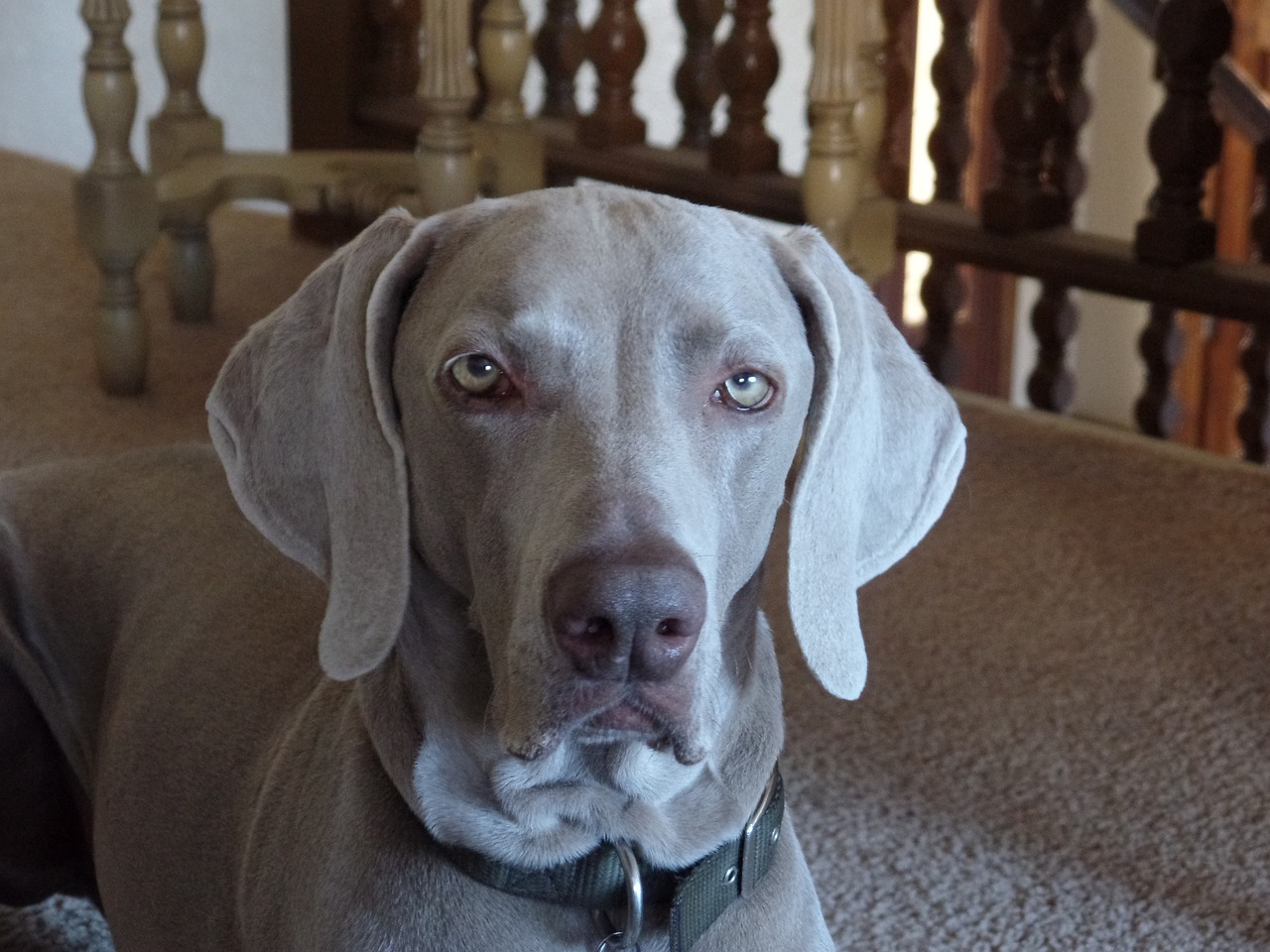
7. Belgian Malinois
The Belgian Malinois is a working breed known for its intelligence, high energy, and need for constant engagement. Bred for demanding tasks such as police work, herding, and protection, they are not content with idle living. The limited space of an apartment can hardly accommodate their need for regular, vigorous exercise and mental stimulation. Without an appropriate outlet for their energy, Belgian Malinois can develop behavioral issues, including destructiveness and excessive barking. They are best suited for active families or individuals who can provide them with a job to do and plenty of space to do it in.
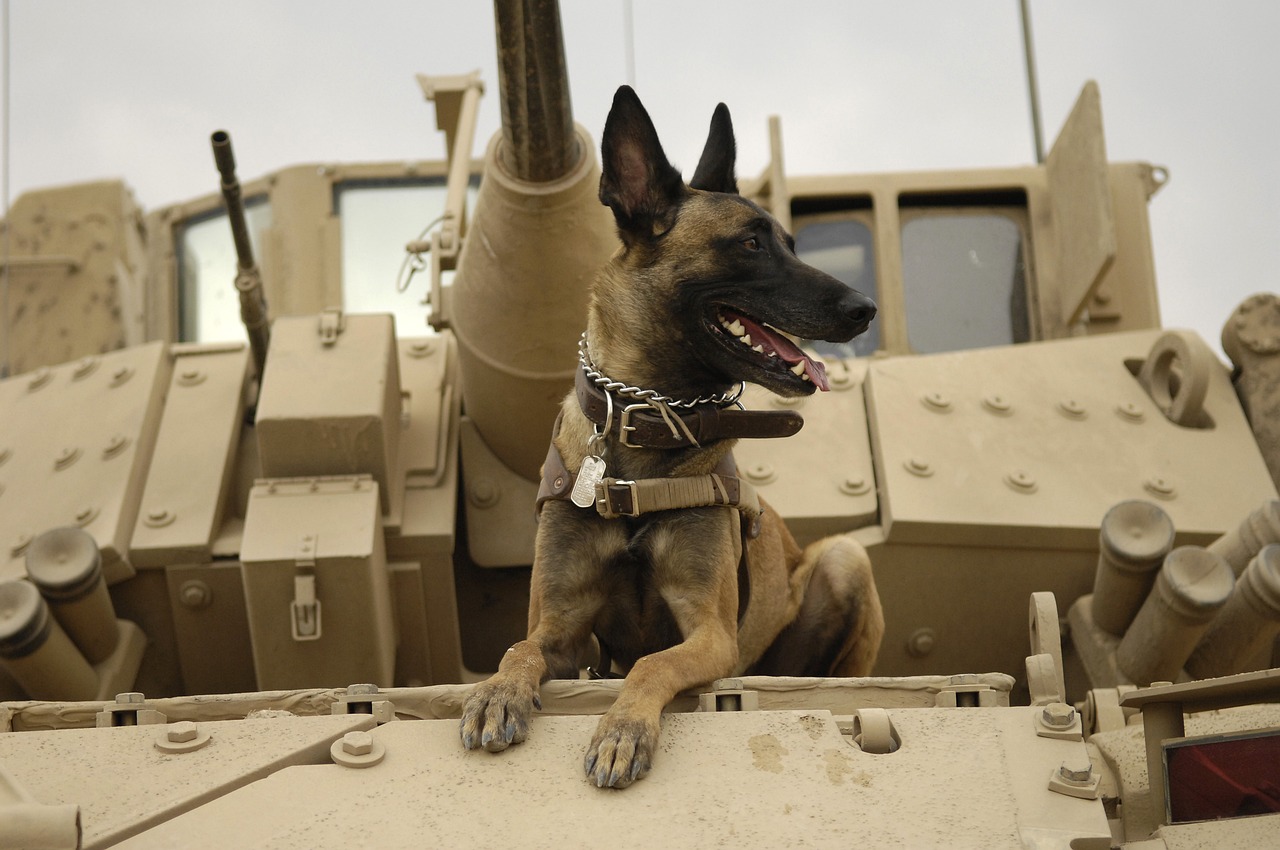
8. Vizsla
Vizslas are affectionate, high-energy dogs that thrive on attention, exercise, and engagement. Known as “Velcro dogs” for their desire to be close to their owners, they require substantial physical activity and emotional connection. The constrained environment of an apartment can lead to frustration and behavioral issues for a Vizsla. They excel in various dog sports and activities, which are challenging to accommodate in limited spaces. Vizslas need a lifestyle that matches their energetic and affectionate nature, which is difficult to achieve in an apartment setting.
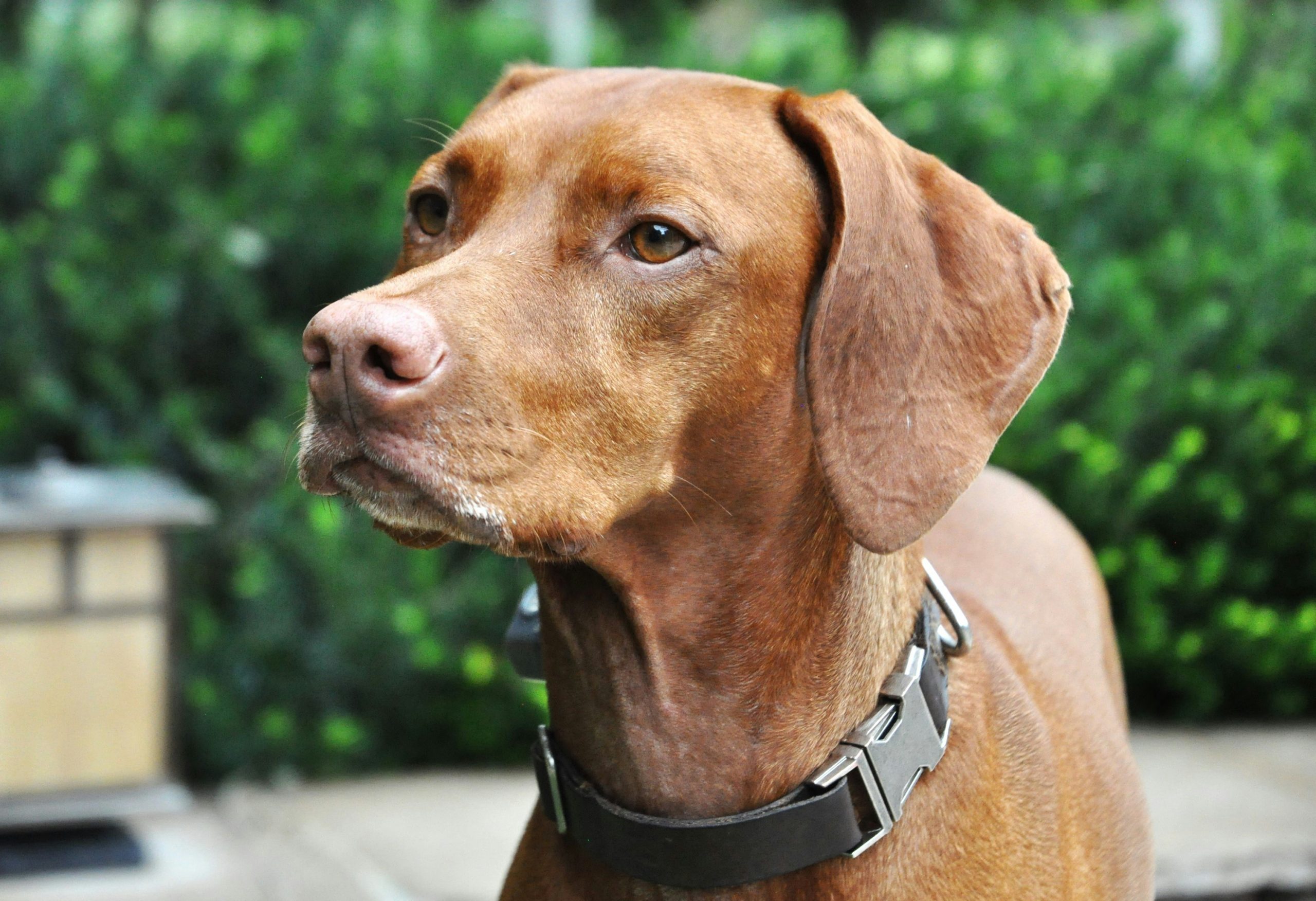
9. Labrador Retriever
While Labrador Retrievers are known for their friendly and adaptable nature, they are also highly energetic and require plenty of exercise. Originally bred as fishing and hunting dogs, they have a significant need for physical activity to maintain their health and happiness. An apartment’s limited space can restrict a Labrador’s ability to exercise adequately, leading to potential weight gain and behavioral issues from pent-up energy. Labradors are sociable animals that thrive on interaction and outdoor activities, making them better suited for homes with more space to roam and play.
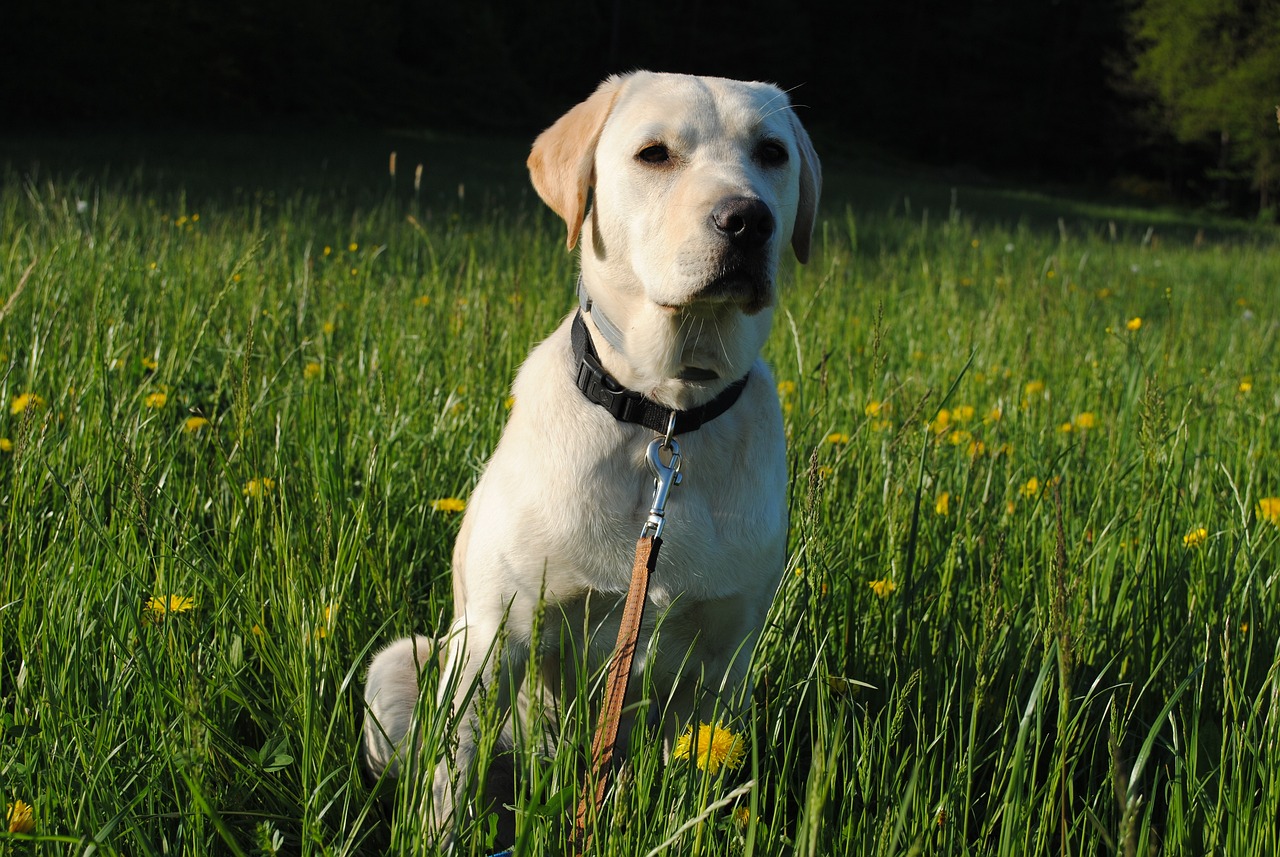
10. Boxer
Boxers are playful, energetic dogs that require ample space to run and play. Known for their muscular build and boundless energy, they were originally bred for work that requires strength, agility, and endurance. The confined space of an apartment does not cater to their need for vigorous daily exercise and playtime. Without adequate physical and mental stimulation, Boxers can become bored and develop destructive behaviors. They thrive in environments where they can expend their energy freely and engage with their owners in active play.

Choosing a dog breed that aligns with your living situation is crucial for the well-being of both the dog and the owner. High-energy breeds, while wonderful companions, often find apartment living challenging due to their need for space, exercise, and mental stimulation. For individuals or families living in apartments, considering breeds that are more adaptable to smaller living spaces can lead to a more harmonious and fulfilling relationship with their pet. It’s essential to match a dog’s energy level and space requirements with your lifestyle to ensure a happy, healthy life together.
 Toledo, United States.
Toledo, United States.